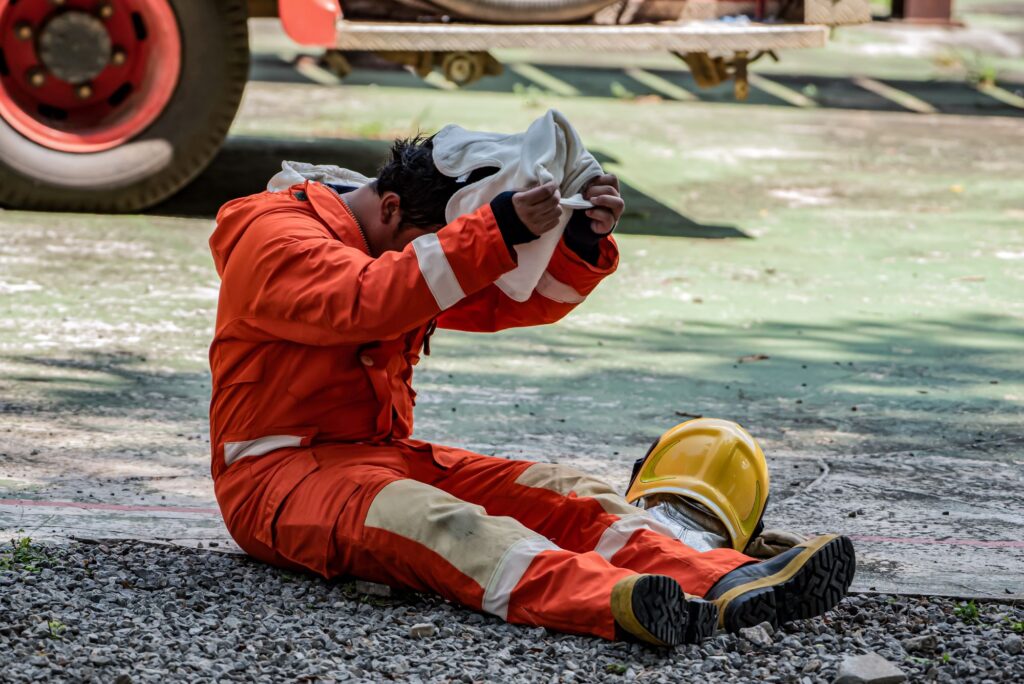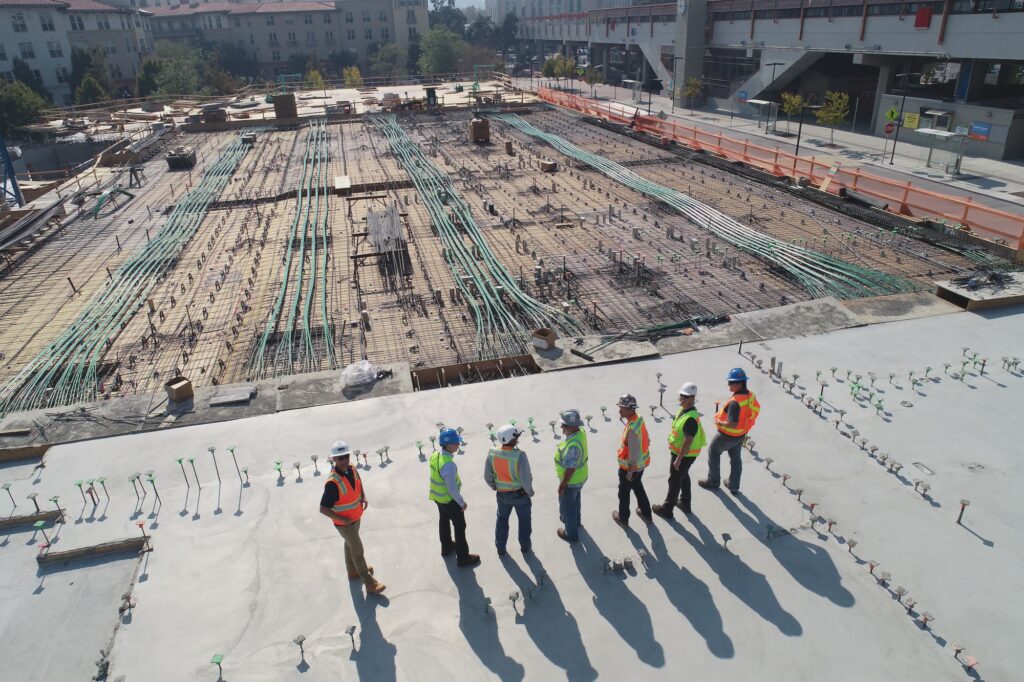Chris Ellerby, KOROYD
Temperatures are dropping, but heat stress is still a top concern.
In the aftermath of record-setting temperatures this past summer, including what’s been reported as the hottest July and September on record, it is imperative that worker safety is prioritized to address the risks of heat stress and offer solutions to minimize the occurrence on job sites. According to researchers at Williams College, heat shocks significantly increase accident rates, while another study found a link between heat stress and decrease of cognitive performance. It is vital to protect workers from the impacts of heat stress by improving the breathability of head protection, apparel, and other essential personal protective equipment (PPE).
With OSHA considering a federal heat standard in the US, and several states already enforcing heat safety policies, employers and regulating bodies alike are making strides toward protecting workers from heat-related injuries and fatalities. We expect to see a larger emphasis on the integration of heat-reducing technologies across core PPE products, which can then provide multiple benefits through a singular piece of equipment.
What is Heat Stress?
Heat stress is a state that occurs when the body is unable to cool itself effectively. The body works hard to regulate temperature, primarily through evaporation of sweat. Thermoregulation keeps deep body temperature at safe levels of between 98.6° ± 1.8°F / 37°C ± 1 °C. As surrounding relative humidity in an environment increases due to climate, workplace conditions, intensive work, or when wearing protective equipment that restrict heat loss, the effectiveness of sweat evaporating decreases significantly. Effectively, as temperature and humidity increase, the level of heat stress experienced by humans increases.
PPE Can Help or Hinder Thermoregulation
Hot environments expose industrial workers to heat stress, heat exhaustion, and other heat-related dangers, but traditional PPE without ventilation or aerated structures can exacerbate these risks by trapping heat and sweat against the body, preventing proper thermoregulation. Thankfully, next-generation purpose-designed PPE integrates innovative features and materials to help mitigate heat hazards.
Over the years, there have been many different approaches to keeping workers cooler. Phase change materials, originally developed by NASA, feel cool to the touch and take on the body’s heat until they reach a saturation point over time and need to be reset by losing that heat. This often means removing the PPE during a break in a safe area, but due to saturation, this can present the risk of short-term removal of PPE in dangerous areas, which must be avoided at all costs. Pads or capes that are first cooled and then applied in different areas to reduce heat buildup present a similar potential challenge, as they still need to be replaced on site.
Head protection is innovating to help reduce heat stress. We’re seeing hard hats on the market that utilize thermal barrier technology, which manufacturers claim keeps the inside of a hard hat significantly cooler by not allowing the sun to reach the head in the first place.
Advanced impact technologies in safety helmets can also optimize airflow and cooling. A recent study shows open-cell technology reduces heat stress up to 8°F / 4.5°C compared to standard EPS foam helmets. Made up of 95% air, the unique advanced impact material allows hot air to easily escape, ensuring more efficient cooling and dissipation of humidity in the most intense conditions.
Other beneficial materials on the job site can include technical moisture-wicking fabrics that pull sweat away from skin to enable evaporative cooling, light-colored garments that reflect heat instead of absorbing it, neck gaiters or full-brim helmets to protect from sun exposure, and dark sunglasses to reduce glare.
Human-Centered Design
To beat the heat, PPE must work with, not against, the body’s natural cooling processes. Relying solely on external cooling devices can provide additional risks in relation to intrinsic safety in explosive atmospheres or the testing of the accessory in combination with the specified PPE. Integrating advanced materials with a human-centered design that can aid in heat stress reduction within essential PPE products is smart and more effective.
The Takeaway
It is vital, particularly in a warming world, to protect workers from the impact of heat stress. Preventing heat-related incidents and injuries begins with selecting purpose-designed PPE optimized for hot conditions that promote natural thermoregulation. By prioritizing airflow, cooling, and sweat-wicking, next-generation materials can keep industrial workers safer, more productive, and reduce heat stress-related risks.
Chris Ellerby is the Director of Industrial Safety and Defence at KOROYD, a world leader in advanced impact technology. Ellerby has worked in PPE/RPE for over 20 years in product leadership and development roles and is committed to advancing the standard of protective solutions.
Disclaimer: The views and opinions expressed in this guest blog post belong solely to the author and do not necessarily represent the views of ISEA. ISEA is not responsible for the accuracy, completeness, validity, or reliability of any information, content, or opinions expressed in this post. All content provided in this blog post is for informational purposes only.


